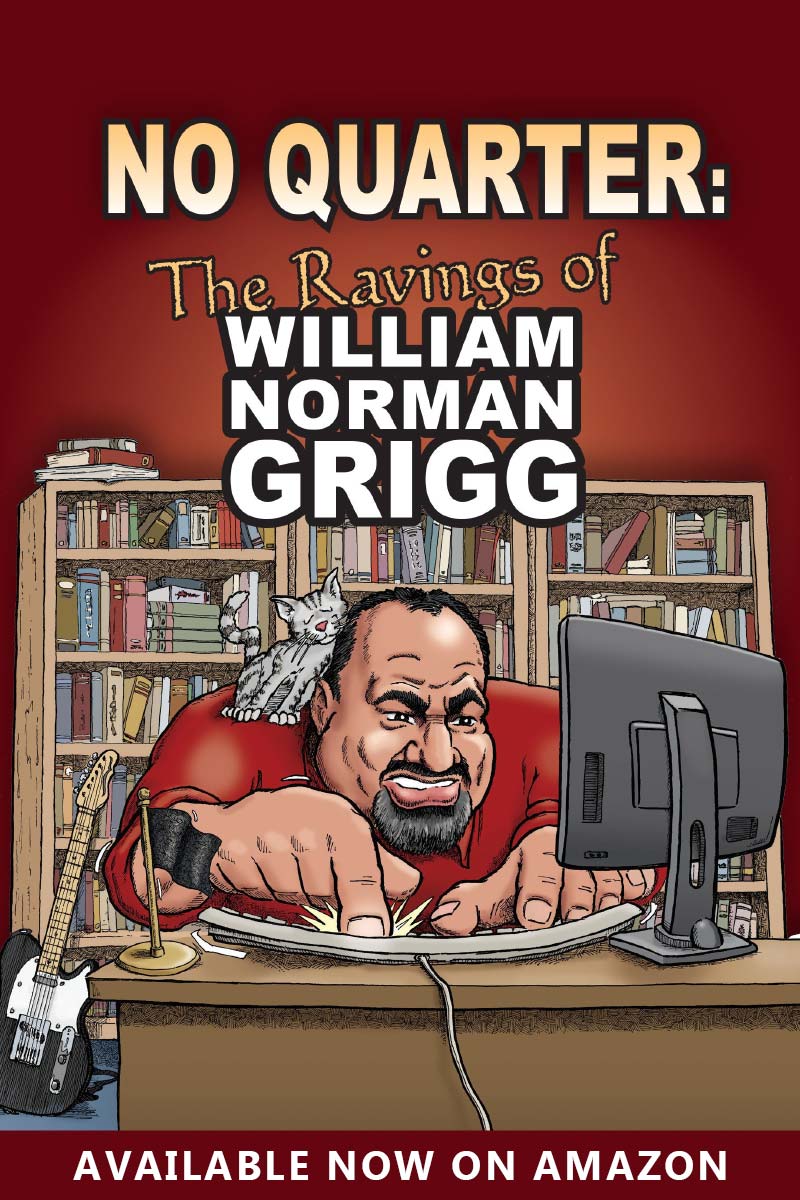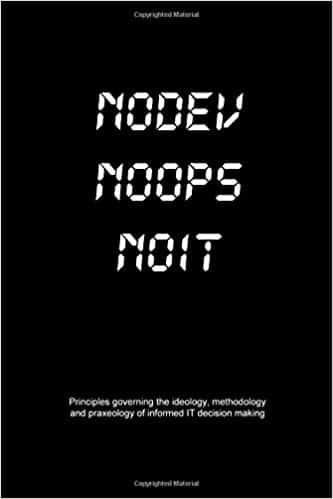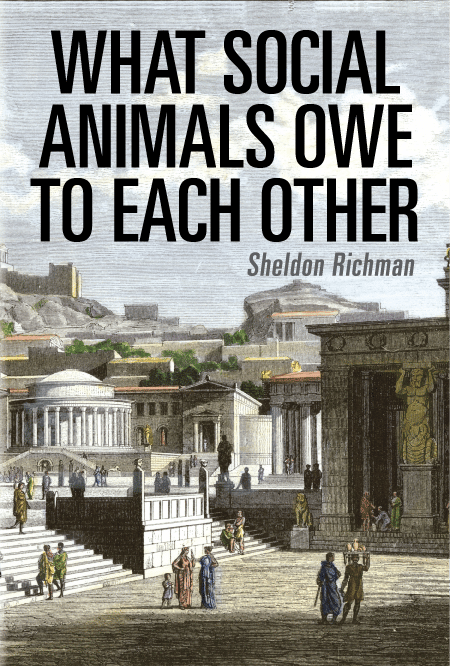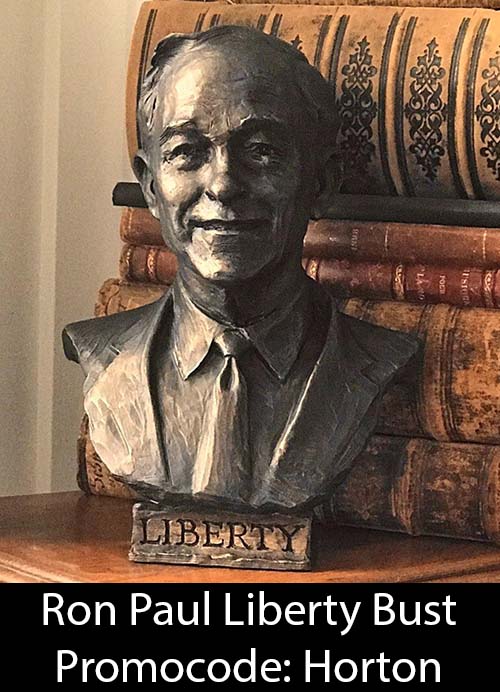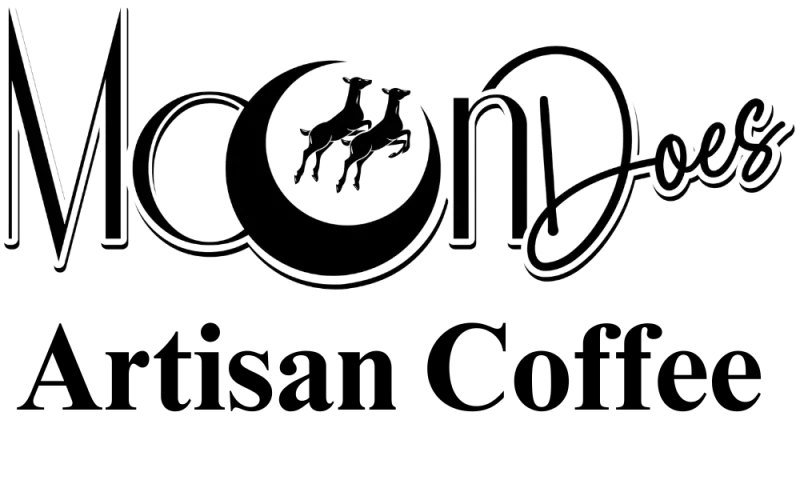Yesterday I watched two movies, both of which I enjoyed: Doomsday, and There Will Be Blood.
Doomsday is a dystopian film taking place in Britain. Scotland has been quarantined in the wake of an apocalyptic viral epidemic. The totalitarian British government has hid the fact that there are survivors. There is lots of action and violence. Killer flick. Especially attractive from a libertarian point of view.
Yet the movie is campy. You need galvanized cable to suspend your disbelief, it is so heavy. The movie is, like much political science fiction, quite cheesy at times. It rocks. And it rocks in a libertarian way. Yet the art does not compel me as much as my favorite art.
There Will Be Blood is based on a novel by progressive-era muckraker Upton Sinclair. This book attacks bourgeois America and highlights the dysfunction of the oil industry at the turn of the century up through the late 1920s — a time when Standard Oil and Union Oil dominated the market, a time when burgeoning competition decentralized the economy while antitrust law and other duplicitous progressive reforms moved to consolidate power back in the hands of a few firms. Of course, Sinclair didn’t generally tell it that way, and his novels became accepted as history, and that historical interpretation became a key portion in the general outlook on the era that came to justify, in most Americans’ minds, the great departure from American liberalism in the first quarter of the 20th century.
And yet, despite being pinko propaganda — and despite the fact that I really did enjoy Doomsday quite a bit — There Will Be Blood was a far superior film. It was a beautiful, amazing work of art.
Doomsday, with its guns, its women, its explosions isn’t a bad attempt. Not a failed project. Not at all. It’s just that, movies like There Will Be Blood have the instant feeling of being a classic.
Even if you disagree on these particular examples, you must concede there’s a point here: Proponents of statism, especially left statism — but also national statism — make great art. They touch people. You might give libertarian art bonus points in your appraisal, and I do too, but I can’t pretend that libertarian quality is the same as artistic quality. At the latter, we have a comparative disadvantage.
Why is it that works of art with libertarian themes tend to suffer from a campiness that makes them less persuasive, less touching, than the art produced by nationalists and collectivists? I’m not so sure. Our philosophy — the philosophy of liberty — is surely idealistic. Is it perhaps to cerebral? Not romantic enough? Too systematic? Does it simply offer no comfort? Do people seek art for similar reasons of insecurity that they tend to find comfort in the state?
I agree with the unusually artistically adept libertarian writer — and of sci-fi, no less! — L. Neil Smith when he says, “You Can’t Fight a Culture War if You Ain’t Got Any Culture!” Whatever it is that makes the socialists such convincing and powerful artists, the party of liberty needs to catch up.

